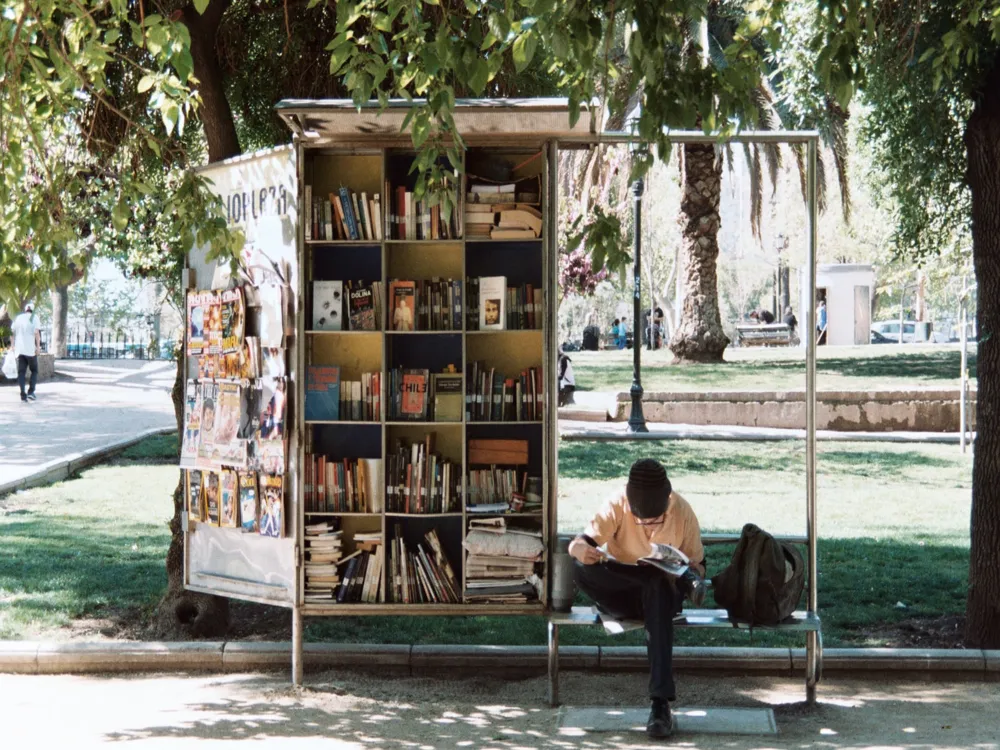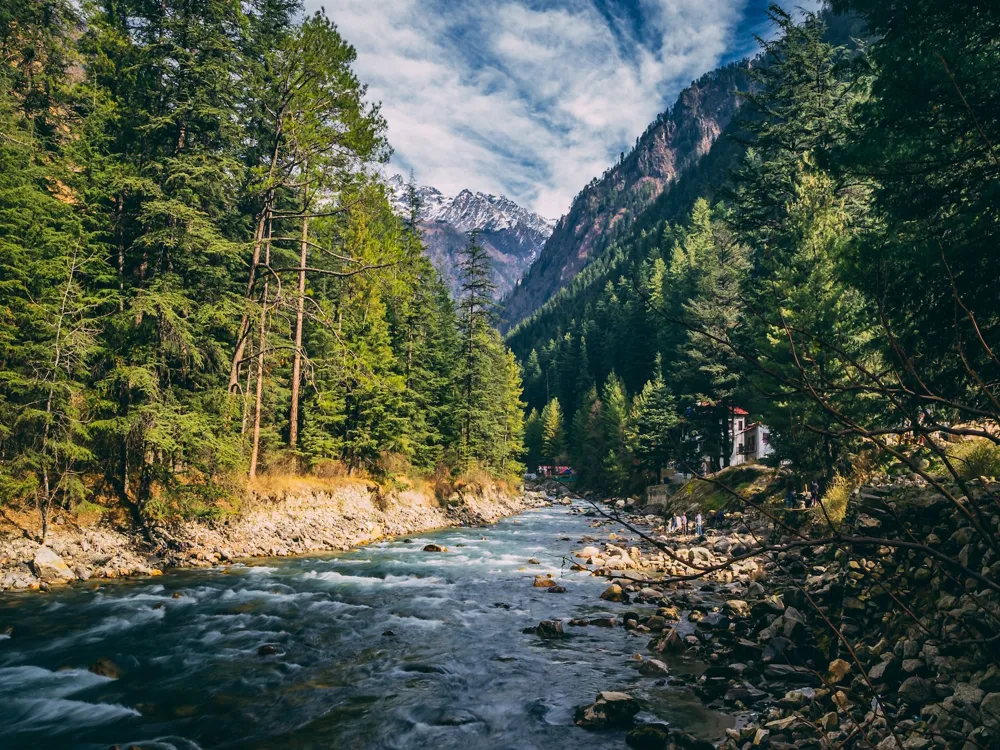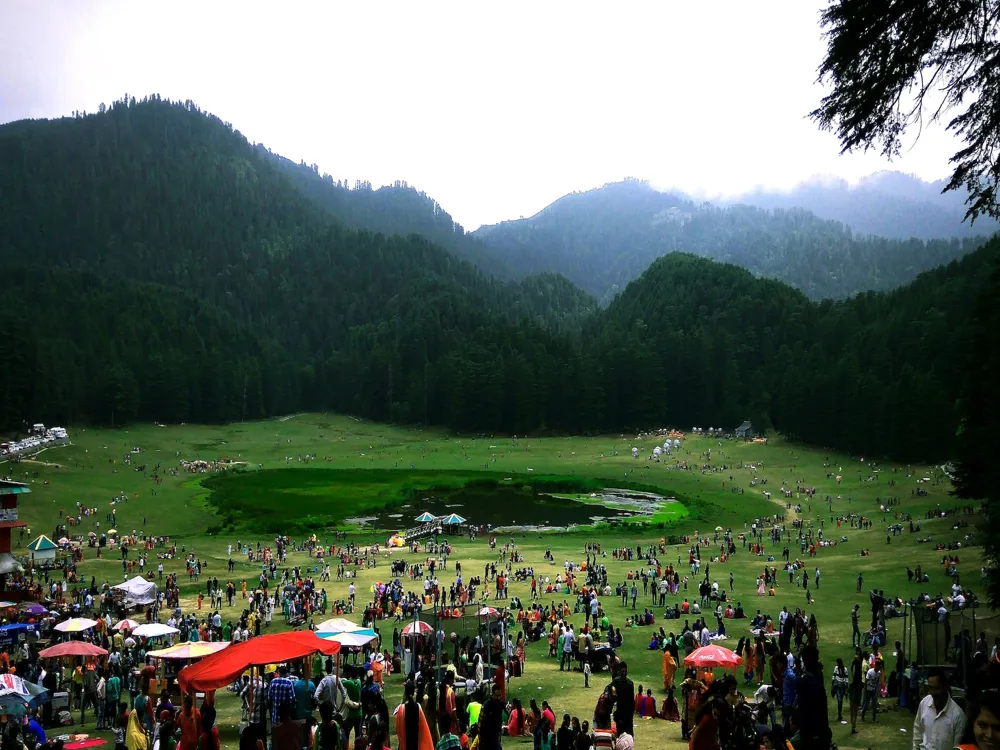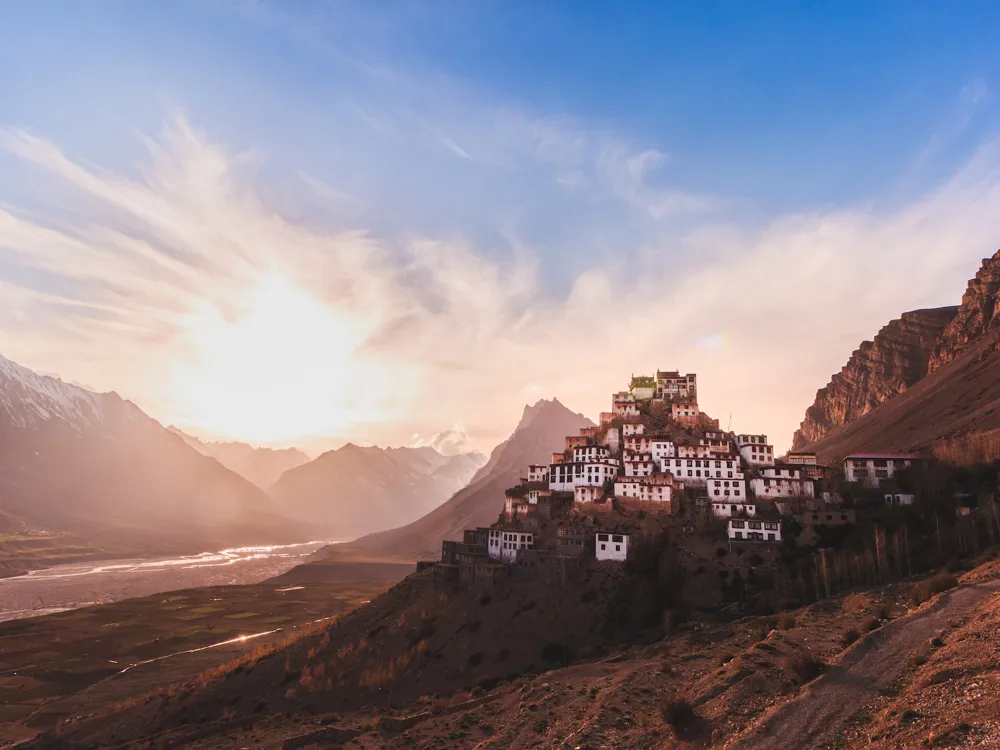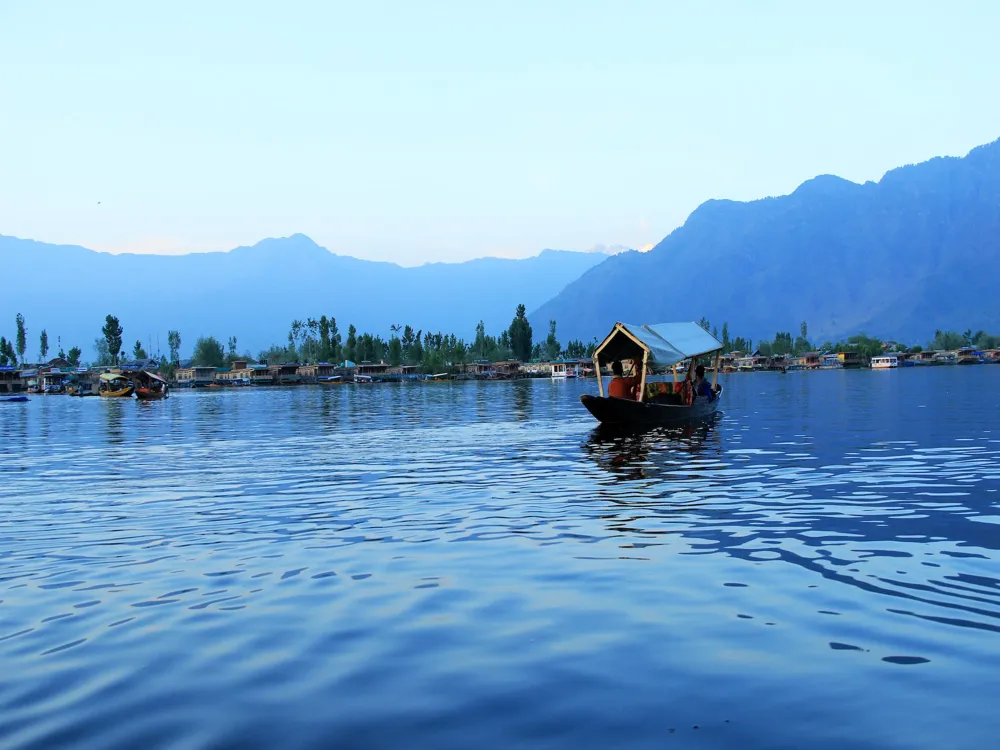Nestled in the serene and mystical lands of Ladakh, the Shang Gompa of Hemis stands as a testament to the region's rich cultural and religious heritage. This ancient monastery, also known as Shang Gompa, is a beacon of spirituality and history, attracting visitors from all corners of the globe. Its origins date back centuries, making it not only a religious site but also a historical marvel. The Gompa is closely associated with the Drukpa lineage, one of the main schools of Himalayan Buddhism, and it plays a pivotal role in the spiritual life of the local community. The monastery's location in Hemis, a picturesque village known for its scenic beauty and tranquil ambiance, adds to its allure. Surrounded by lofty mountains and overlooking the shimmering Indus River, Shang Gompa offers a breathtaking view, making it a perfect retreat for those seeking peace and spiritual awakening. Its importance is further heightened during the annual Hemis Festival, which showcases the rich traditions and vibrant culture of Ladakh. The festival, known for its colorful masks and lively performances, draws not only the devout but also cultural enthusiasts, adding a unique dimension to the Gompa's significance. Shang Gompa's architecture is a marvel in itself, reflecting the intricate craftsmanship and artistic sensibilities of the Ladakhi people. The monastery complex houses several shrines, stupas, and a rich collection of artifacts, including ancient thangkas, murals, and statues, which narrate stories of Buddhist teachings and lore. This treasure trove of art and history offers a unique glimpse into the spiritual and cultural fabric of the region, making Shang Gompa not just a religious site but a keeper of Ladakh's soul and heritage. The architecture of Shang Gompa of Hemis is a splendid representation of Tibetan Buddhist design, harmoniously blending with the rugged natural landscape of Ladakh. Constructed several centuries ago, the Gompa's architecture is a perfect example of the Tibetan style, characterized by white-washed walls, wooden balconies, and ornate window frames. The main temple, known as the Dukhang, is the heart of the monastery, adorned with exquisite murals and thangkas that depict various aspects of Buddhist philosophy and mythology. One of the most striking features of Shang Gompa's architecture is its use of vibrant colors. The vivid blues, reds, and golds not only add aesthetic beauty but also hold symbolic significance, representing various elements of Buddhist teachings. The intricate murals and frescoes that cover the walls and ceilings of the Gompa are masterpieces, each telling a unique story and serving as a visual guide to the teachings of Buddha. The layout of the monastery is also significant, with various buildings and courtyards strategically placed to serve religious and communal functions. The prayer halls, living quarters for monks, and teaching spaces are all designed to facilitate the monastery's role as a center for learning and spiritual practice. The use of local materials, such as wood and stone, in the construction of the Gompa not only ensures sustainability but also adds to the charm and authenticity of the architecture. When visiting Shang Gompa, it's important to dress modestly and respectfully. As a place of religious significance, visitors are expected to wear clothing that covers the shoulders and knees. It's also advisable to carry a hat or scarf for protection against the sun, as the weather in Ladakh can be quite harsh. Visitors should always be mindful of the monastery's customs and traditions. This includes removing shoes before entering prayer halls, speaking softly, and not touching sacred objects or murals. Photography may be restricted in certain areas, so it's important to ask for permission before taking photos. Shang Gompa is located at a high altitude, so visitors should take necessary precautions to avoid altitude sickness. This includes acclimatizing properly, staying hydrated, and avoiding strenuous activities for the first few days of your visit. For a truly unique experience, plan your visit during the Hemis Festival. This annual event is a colorful and vibrant celebration of Ladakhi culture, featuring masked dances and musical performances. However, be prepared for larger crowds during this time. Reaching Shang Gompa of Hemis is an adventure in itself, offering stunning views of the Ladakhi landscape. The monastery is located about 45 kilometers from Leh, the main city of Ladakh. Visitors can take a taxi or a local bus from Leh to Hemis. The journey is scenic, with winding roads and beautiful vistas of the Himalayas. For those seeking a more adventurous route, trekking to the Gompa is also an option, though it requires a good level of fitness and proper planning. Read MoreOverview of Shang Gompa of Hemis
Architecture of Shang Gompa
Tips When Visiting Shang Gompa
Dress Appropriately
Respect the Monastery's Customs
Be Prepared for Altitude
Plan Your Visit During Festivals
How To Reach Shang Gompa
Shang Gompa
Hemis
NaN onwards
View hemis Packages
Hemis Travel Packages
View All Packages For Hemis
Top Hotel Collections for Hemis

Private Pool

Luxury Hotels

5-Star Hotels

Pet Friendly
Top Hotels Near Hemis
Other Top Ranking Places In Hemis
View All Places To Visit In hemis
View hemis Packages
Hemis Travel Packages
View All Packages For Hemis
Top Hotel Collections for Hemis

Private Pool

Luxury Hotels

5-Star Hotels

Pet Friendly










